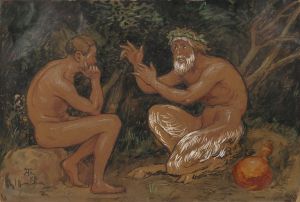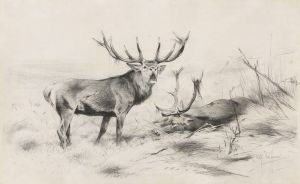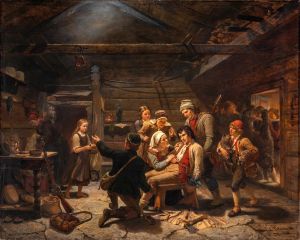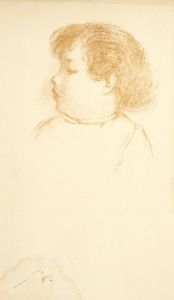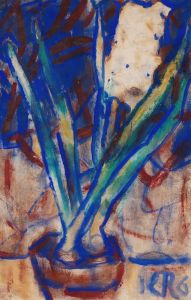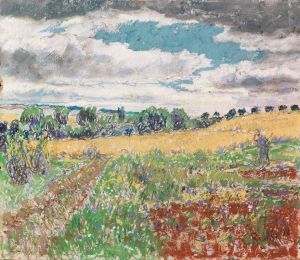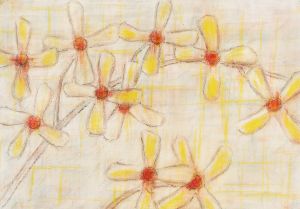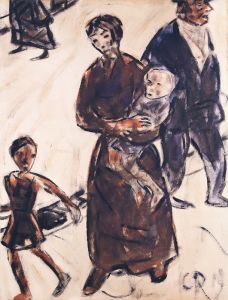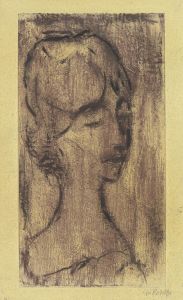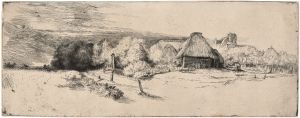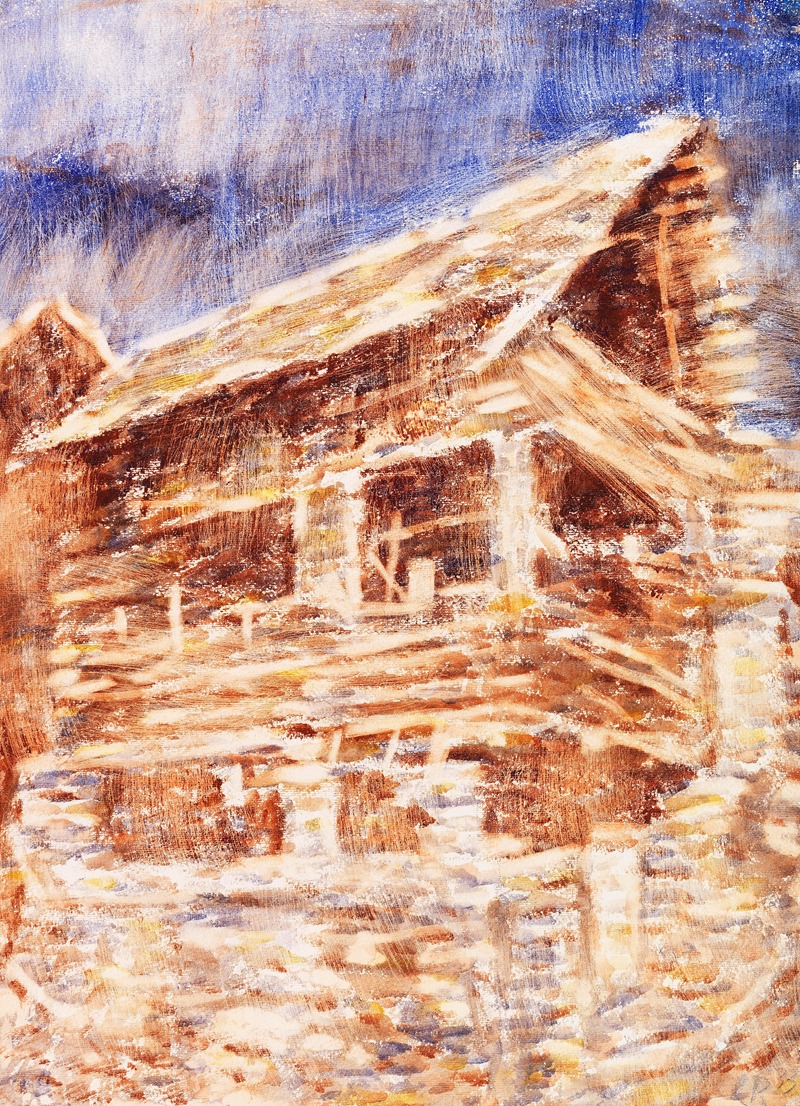
Haus in Bosco
A hand-painted replica of Christian Rohlfs’s masterpiece Haus in Bosco, meticulously crafted by professional artists to capture the true essence of the original. Each piece is created with museum-quality canvas and rare mineral pigments, carefully painted by experienced artists with delicate brushstrokes and rich, layered colors to perfectly recreate the texture of the original artwork. Unlike machine-printed reproductions, this hand-painted version brings the painting to life, infused with the artist’s emotions and skill in every stroke. Whether for personal collection or home decoration, it instantly elevates the artistic atmosphere of any space.
Christian Rohlfs (1849-1938) was a prominent German painter associated with the Expressionist movement. His work is characterized by its vibrant use of color and dynamic compositions, often reflecting the emotional intensity and inner experiences of the human condition. One of his notable works is "Haus in Bosco," which translates to "House in the Woods."
"House in the Woods" is an exemplary piece that showcases Rohlfs' mature style, which he developed later in his career. The painting is believed to have been created around the early 20th century, a period when Rohlfs was deeply influenced by the burgeoning Expressionist movement in Germany. This movement sought to convey emotional experiences rather than physical reality, often through bold colors and exaggerated forms.
The painting depicts a house nestled within a dense, wooded area. Rohlfs employs a vivid palette, with rich greens, blues, and earthy tones dominating the canvas. The brushwork is expressive and somewhat loose, contributing to the overall sense of movement and vitality within the scene. The trees surrounding the house are rendered with a sense of dynamism, their forms almost appearing to sway and dance, which is a hallmark of Rohlfs' style.
Rohlfs' use of color in "House in the Woods" is particularly noteworthy. He often used color not just to represent the natural world but to evoke a particular mood or atmosphere. In this painting, the interplay of light and shadow, along with the vibrant hues, creates a sense of both tranquility and mystery. The house itself, though central to the composition, is somewhat obscured by the surrounding foliage, suggesting a harmonious coexistence with nature.
Christian Rohlfs began his artistic education at the Weimar Academy of Art, where he initially focused on landscape painting. However, his style evolved significantly over the years, especially after he moved to Hagen in 1901. There, he became associated with the Folkwang Museum and was exposed to various avant-garde movements. This exposure had a profound impact on his work, leading him to adopt a more expressive and abstract approach.
Throughout his career, Rohlfs faced numerous challenges, including health issues and the political turmoil of his time. Despite these obstacles, he remained dedicated to his art, continually experimenting with new techniques and styles. His contributions to the Expressionist movement have been widely recognized, and his works are held in high esteem in numerous art collections and museums.
"House in the Woods" exemplifies Rohlfs' ability to blend naturalistic elements with expressive abstraction. The painting invites viewers to contemplate the relationship between humanity and nature, as well as the emotional resonance of the landscape. It stands as a testament to Rohlfs' skill and his unique vision within the broader context of modern art.
In summary, Christian Rohlfs' "House in the Woods" is a significant work that reflects the artist's mature style and his contributions to the Expressionist movement. Through its vibrant colors, dynamic composition, and evocative mood, the painting captures the essence of Rohlfs' artistic vision and his ability to convey deep emotional experiences through his art.





